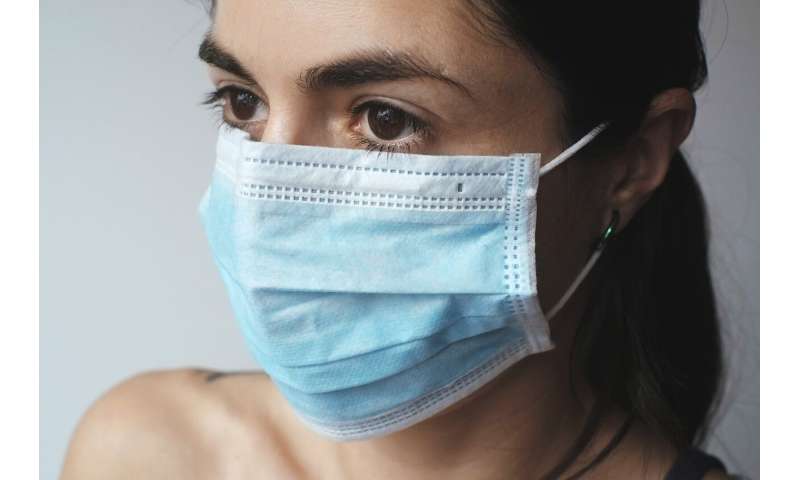
A study conducted by Richard Vander Heide, MD, Ph.D., Professor and Director of Pathology Research at LSU Health New Orleans School of Medicine, and Marc Halushka, MD, Ph.D., Professor of Pathology at Johns Hopkins University School of Medicine, suggests myocarditis caused by COVID-19 may be a relatively rare occurrence. Their findings are published online in Cardiovascular Pathology.
Reports of the rate of COVID-19 myocarditis have varied widely, ranging from 60% among middle-aged and elderly recovered patients to 14% among recovered athletes.
“Although it is clear that COVID-19 impacts the heart and blood vessels, to date, it has been difficult to know how reproducible any changes are due to the relatively small sample size of most autopsy series,” notes Dr. Vander Heide.
The authors collected data from 277 autopsy cases to analyze cardiovascular pathological findings from patients who died from COVID-19 in nine countries around the world. The data from these autopsied hearts were published in 22 papers. After careful review, the authors determined that the rate of myocarditis found in these patients is between 1.4% and 7.2%.
“What we have learned is that myocarditis is not nearly as frequent in COVID-19 as has been thought,” says Dr. Halushka. “This finding should be useful for our clinical colleagues to reconsider how to interpret blood tests and heart radiology studies.”
“By bringing the data together from this large number of autopsy cases, we have better determined the spectrum of histologic findings,” adds Dr. Vander Heide. “Even a low myocarditis rate of 1.4% would predict hundreds of thousands of worldwide cases of myocarditis in severe COVID-19 due to the enormous numbers of infected individuals. Low rates of myocarditis do not indicate that individuals infected with SARS-CoV-2 are not having cardiovascular problems, but rather those complications are likely due to other stressors such as endothelial cell activation, cytokine storms, or electrolyte imbalances.”
The authors also created a “checklist” for pathologists to use going forward when evaluating COVID-19 at autopsy to provide consistency in investigating and reporting findings.
Source: Read Full Article
